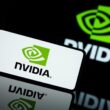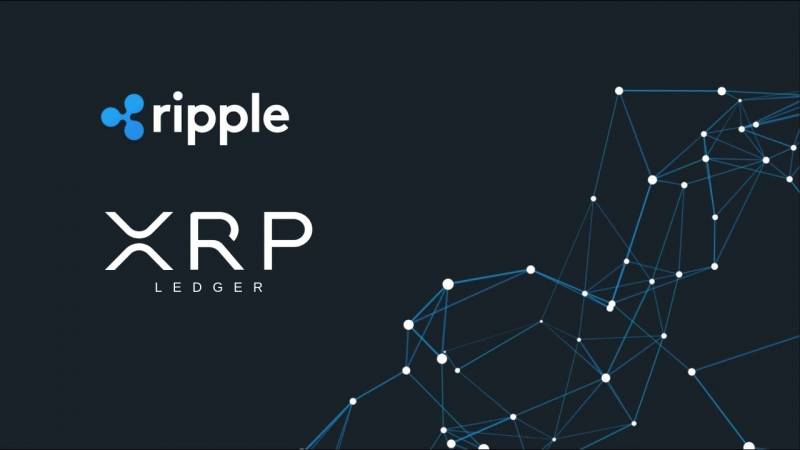XRP is the native token of the XRP Ledger (XRPL). XRPL has offered fast and efficient cross-border payments for over a decade. Although the project has found itself in the crosshairs with the SEC, the token is still immensely popular among crypto enthusiasts and users.
Bitcoin’s (BTC) Proof-of-Work (PoW) consensus model, according to the creators of the XRP Ledger, suffers from energy inefficiencies. Nonetheless, the team believes that PoW can help with early distribution and with the double-spend issue. The XRPL was created by the core developers as an energy-efficient alternative against PoW’s hegemony.
One of the biggest downsides to XRP is the lack of arbitrary smart contracts. This is to maximize the security and stability of the network. However, all that might change very soon.
How does XRP Ledger plan to expand?
Hooks, a smart contract feature integrated into XRPL transactions, is in development by XRPL Labs to provide additional basic functionality on the base layer. The EVM sidechain, which Peersyst is currently developing, will change the ecosystem’s course and might go live in 2023. The EVM sidechain will be able to do computing on par with chains like Ethereum and Solana that support smart contracts.
In June 2022, Ripple developers proposed a standard, XLS-30d for a native AMM (automated market maker). The devnet AMM is operational, and the proposal is in draft form. Both the XLS-30d AMM standard and the Root Network, which are currently in development by Fluf World and Ripple, might pass as amendments soon. In contrast to the Root Network, which emphasizes NFTs and the metaverse, the AMM standard emphasizes DeFi and expands the financial options available to liquidity providers.
Although the XRPL is open-source, developers from Ripple, the XRPL Foundation, and XRPL Labs make up the majority of core development contributions. Moreover, Ripple supports the growth of ecosystem services, both directly through its own initiatives and indirectly by providing grants to ecosystem-related companies. In 2021, XRPL Grants were introduced with 1 billion XRP. Around 100 projects have received XRP valued at over $10 million thus far.
Advantages and downsides of XRPL’s PoA consensus
XRPL uses a Proof-of-Association (PoA) consensus model, also called Federated Byzantine Consensus Protocol. Each node in a PoA network must create a list of trusted nodes that it will consult when seeking consensus. The list of trusted nodes is called UNL (unique node list). To take part in the consensus process, a validator must first earn the trust of other nodes and cannot rely on financial resources alone. A node that does not have the trust of other nodes nor is a part of UNLs, has no influence on the system.
A PoA system does not require a lot of hardware. This aspect brings down the cost of electricity and operations. Additionally, unlike a PoS system, block production does not depend on who has the most capital. And lastly, there is no changing a block after validation.
However, there are plenty of downsides to a PoA system. A PoA system cannot punish bad actors effectively. This is because a PoA system is not constrained by large outside costs and locked capital. Moreover, nodes may be taken out from UNLs in retribution and validator links may be broken. An attack, however, would not have any financial consequences.
Furthermore, XRPL’s PoA implementation is not as decentralized as other well-known PoW/PoS networks. This is because there is no financial incentive for participation.





